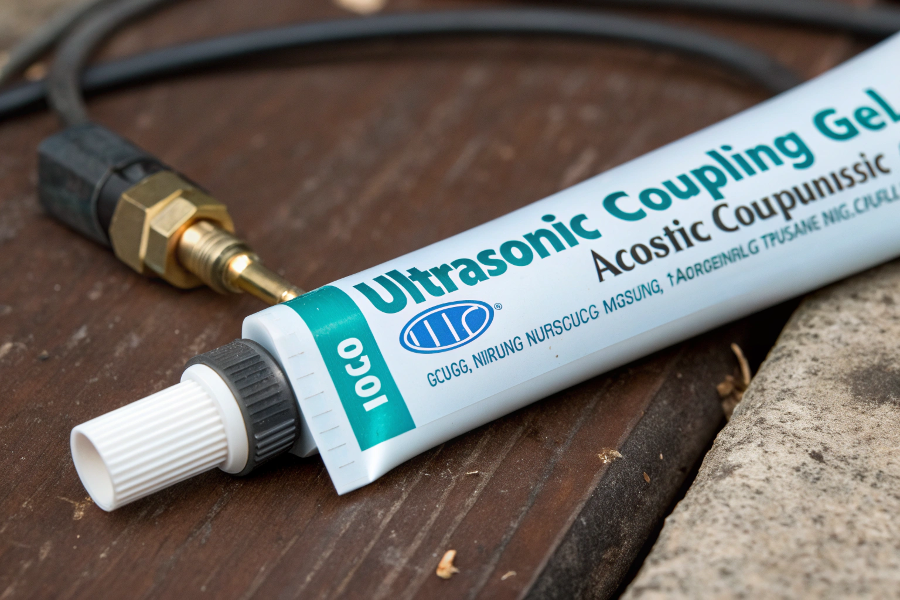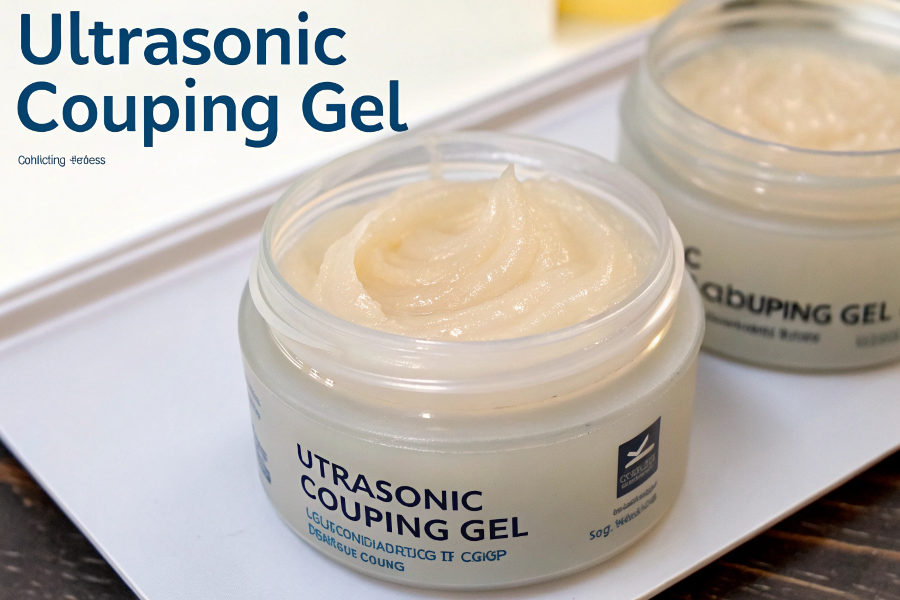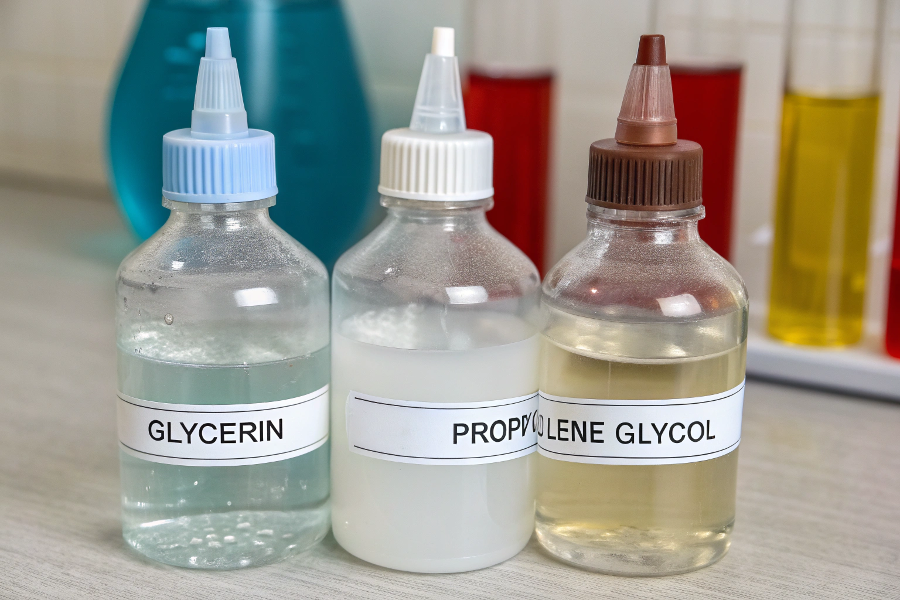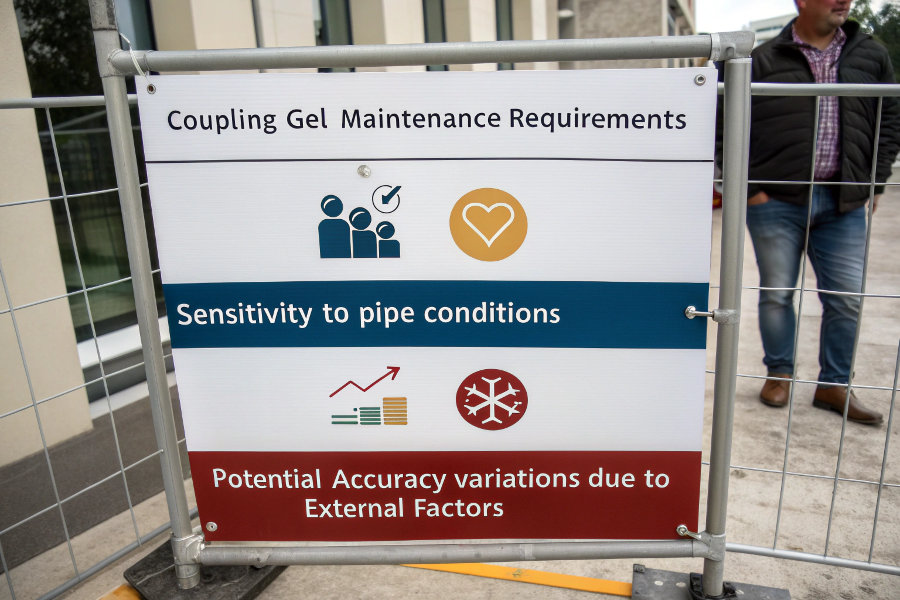Poor acoustic coupling can lead to inaccurate readings and system failures, causing significant process control issues and revenue loss.
Ultrasonic coupling gel is a specialized acoustic couplant that ensures efficient sound transmission between ultrasonic transducers and pipe surfaces, typically costing $10-50 per tube.
 Ultrasonic Coupling Gel Application
Ultrasonic Coupling Gel Application
I’ve seen many flow measurement failures due to improper coupling gel selection and application. Let me share what I’ve learned.
What is Ultrasonic Coupling Gel?
Misunderstanding the role of coupling gel can result in poor signal transmission and unreliable measurements.
Ultrasonic coupling gel is a viscous substance that eliminates air gaps between transducers and pipe surfaces, ensuring optimal ultrasonic wave transmission.

Coupling Gel Composition
From my technical experience:
Gel Characteristics
-
Key Properties
Property Importance Typical Range Viscosity1 Critical 30,000-100,000 cP Acoustic Impedance High 1.5-1.8 MRayl Temperature Stability Important -20°C to 120°C Corrosion Resistance2 Essential pH 6-8 -
Material Composition
- Water-based solutions
- Glycerin compounds
- Propylene glycol
- Thickening agents
Application Requirements
-
Usage Guidelines
- Surface preparation
- Application thickness
- Coverage area
- Reapplication intervals
-
Storage Conditions
- Temperature limits
- Container sealing
- Shelf life
- Contamination prevention
What Gel is Used in Ultrasonic Testing?
Using the wrong type of gel can compromise measurement accuracy and damage equipment.
Professional ultrasonic testing gels typically contain glycerin or propylene glycol bases with specific acoustic impedance matching properties.

Different Types of Ultrasonic Gels
Based on my product knowledge:
Common Gel Types
-
Product Categories
Type Application Temperature Range Standard General Use 0°C to 80°C High Temp Industrial -20°C to 120°C Non-Toxic Food Grade 0°C to 60°C Extended Life Long-term -10°C to 100°C -
Selection Criteria
- Operating temperature
- Environmental conditions
- Application duration
- Industry requirements
Performance Factors
-
Quality Indicators
- Acoustic efficiency
- Temperature stability
- Corrosion resistance
- Ease of removal
-
Certification Requirements
- Industry standards
- Safety compliance
- Material compatibility
- Environmental regulations
What is the Coupling Gel Used For?
Not understanding the purpose of coupling gel can lead to improper application and system failure.
Coupling gel eliminates air gaps between transducers and pipe surfaces, maximizing ultrasonic signal transmission and ensuring accurate flow measurements.
Drawing from my installation experience:
Application Purposes
-
Primary Functions
Function Benefit Impact Signal Transmission Better Accuracy Critical Air Gap Elimination Reduced Noise Essential Surface Protection Extended Life Important Temperature Buffer Stability Beneficial -
Performance Benefits
- Improved signal strength
- Better measurement stability
- Reduced maintenance
- Extended sensor life
Best Practices
-
Application Methods
- Surface cleaning
- Proper amount
- Even distribution
- Regular inspection
-
Maintenance Requirements
- Periodic checks
- Reapplication timing
- Cleaning procedures
- Quality verification
What Are the Disadvantages of Clamp-on Ultrasonic Flow Meter?
Ignoring potential limitations of clamp-on meters can result in unexpected measurement issues.
Key disadvantages include coupling gel maintenance requirements, sensitivity to pipe conditions, and potential accuracy variations due to external factors.

Common Issues with Clamp-on Meters
From my troubleshooting experience:
Common Challenges
-
Technical Limitations
Issue Impact Solution Coupling Maintenance Signal Quality Regular Checks Surface Condition Accuracy Proper Preparation Environmental Effects Reliability Protection Measures Installation Quality Performance Expert Setup -
Operational Concerns
- Temperature variations
- Vibration effects
- Weather exposure
- Access limitations
Mitigation Strategies
-
Installation Solutions
- Proper site selection
- Surface preparation
- Environmental protection
- Regular maintenance
-
Performance Optimization
- Quality coupling gel
- Correct application
- Monitoring program
- Preventive maintenance
Conclusion
Using the right ultrasonic coupling gel and proper application techniques is crucial for accurate flow measurement, making it an essential component of successful clamp-on flow meter installations.
